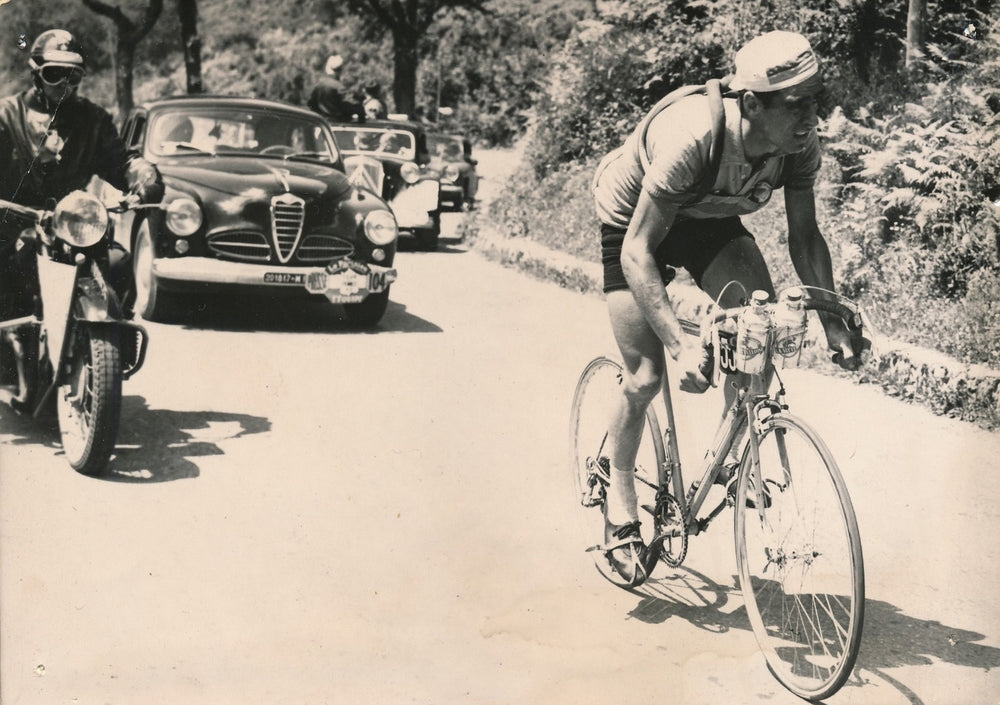
The bidon, a humble yet iconic accessory in the world of cycling, carries a rich history that mirrors the evolution of the sport itself. From its early inception to its role in modern cycling and its influence beyond the sport, the bidon's journey is a fascinating tale of innovation, design, and cultural significance. This exploration into the history of the bidon not only sheds light on its development but also serves as the inspiration for a unique room fragrance bottle for Fici, capturing the essence of cycling heritage in a contemporary context.
Early Beginnings and Material Evolution
The bidon's story begins in the early days of cycling, where hydration was as crucial as it is today, but the means to carry water were rudimentary. Initially, cyclists would strap leather bags or glass bottles to their handlebars, a method that was both inconvenient and precarious.

The transition to more durable and practical materials marked the first significant evolution of the bidon. Aluminium, known for its lightweight and robust properties, became the material of choice in the 1940s and 1950s. This era saw the creation of distinctive aluminium bidons, which were manufactured in Britain and became a common sight in prestigious races like the Tour de France and the Giro d'Italia.
The Coloral brand, in particular, became synonymous with this period, producing a fluted alloy bottle with a cork stopper and tooled cap, signed off with a scripted logo.
Design Innovations and Popularity
The design of the bidon has undergone several transformations, reflecting the changing needs of cyclists and advancements in technology. The initial placement of bidons on the handlebars was found to compromise handling, leading to the innovative relocation to the downtube by René Vietto during the 1939 Tour de France. This design shift not only improved aerodynamics but also became a universally adopted standard by the 1950s.
The bidon's role extended beyond mere functionality; it became a symbol of the cyclist's spirit and a coveted item among fans, especially when adorned with the branding of popular sponsors like Coca-Cola in the 1980s.
The Shift to Sustainability and Modern Materials
While aluminium bidons were a staple in the mid-20th century, the cycling world gradually shifted towards more sustainable and practical materials. The introduction of plastic bidons in the mid-1950s offered a lighter alternative, though it came with environmental concerns. Today, the focus has shifted towards materials that balance durability, safety, and environmental impact. Stainless steel and BPA-free plastics are now preferred for their non-reactive properties and recyclability, reflecting a broader societal shift towards sustainability.
Environmental Impact and Cultural Significance
The bidon's evolution is not just a story of technological advancement but also of environmental awareness. The cycling community's growing concern over the environmental impact of single-use plastics has led to a renewed interest in durable, reusable bidons made from sustainable materials.
Moreover, the bidon has transcended its original purpose, becoming a cultural icon that embodies the history, challenges, and camaraderie of cycling.
This inspired Fici to create a beautiful sustainable, highly recyclable aluminium room fragrance bottle, which pays homage to the classic aluminium bidons of the 1940s and 1950s.


